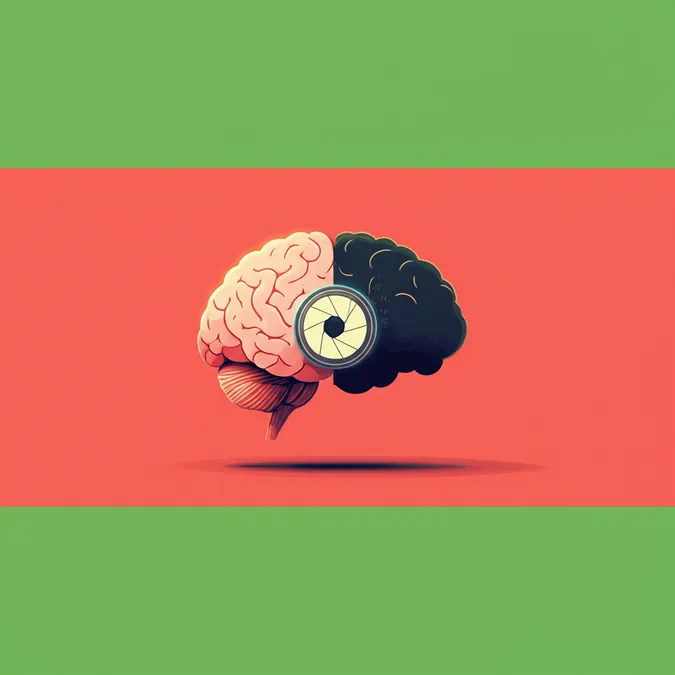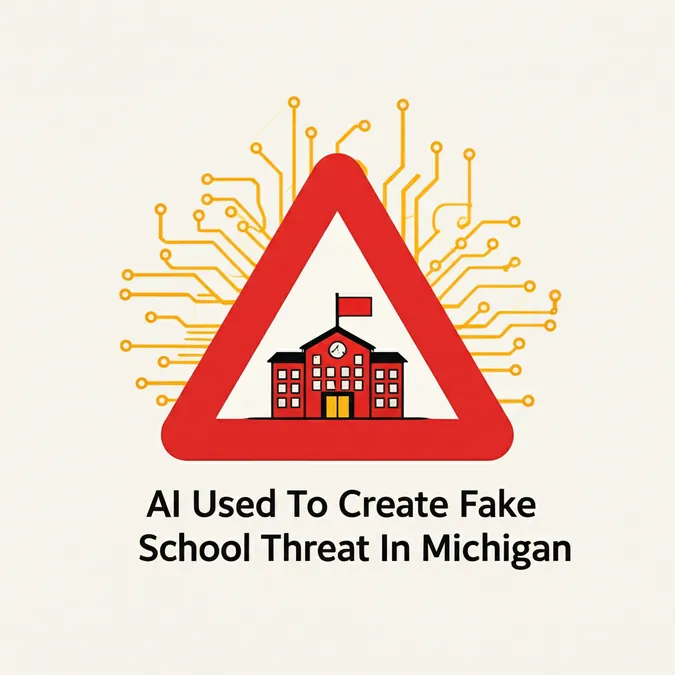Developer Offer
Try ImaginePro API with 50 Free Credits
Build and ship AI-powered visuals with Midjourney, Flux, and more — free credits refresh every month.
San Jose Uses AI to Proactively Fix Dangerous Roads
The Challenge of Urban Road Hazards
Everyday road hazards like potholes, debris, and broken traffic signals pose a significant risk to motorists, cyclists, and pedestrians. While many cities rely on non-emergency 311 hotlines for residents to report these issues, this reactive approach often means a hazard can cause an accident long before it gets fixed.
San José's High-Tech Approach
To get ahead of the problem, the city of San José, California, is testing an innovative solution that combines artificial intelligence with cameras. The goal is to automatically detect and alert city officials to street-level issues in near real-time. "So that we can get them fixed before they become problems for our residents,” explained Mayor Matt Mahan. While the city already has a 311 line, a website, and a mobile app for reporting, Mahan emphasized the need for a more immediate method of identifying these dangers.
Promising Early Results and Development
The initiative kicked off last year after the Toyota Mobility Foundation awarded San José a $260,000 grant to explore how AI and computer vision could improve road safety. The city began by equipping some of its own vehicles with sensors and found the system could detect potholes with an impressive 97% accuracy rate.
Mayor Mahan notes that the project is still in its early stages. The system's reliability in identifying other hazards, such as trash on the road or malfunctioning streetlights, is still being improved. To gather more data and expand coverage, the city is now installing sensors on more of its vehicles.
Collaboration for a Smarter City
To accelerate progress, the city also began working with nearby universities, including Stanford University, the University of California Santa Cruz, and San José State University. A team of professors and graduate students at SJSU, for instance, has already developed a model that can accurately identify construction signs and orange traffic cones.
This project is a key part of the city’s broader safety initiatives, including its 2025 Better Bike Plan to increase safety for its 550 miles of bikeways and trails, and its Vision Zero goal to eliminate all traffic fatalities and severe injuries.
Scaling Up The Vision and Facing Hurdles
Looking ahead, Mayor Mahan is keen to push the AI project forward in the next budget. He has tasked the city's IT and transportation departments with a clear question: “Can you give me a date by which we will be able to do object detection on 100% of city roads at least once per month?” He stressed the need to understand the full cost, which includes not just detecting hazards but also fixing them. “It's not just about sensing and reporting the problem on the front end; we've got to fulfill the outcome on the other side,” he said. The mayor is also considering partnerships with private companies, noting that delivery vehicles are already covering city streets every day.
However, the program's biggest potential challenge is having the capacity to repair all the hazards the AI identifies. “I'm interested in the startups that are testing automated robotic road repairs, for example,” Mahan added.
Ensuring Public Trust
Throughout the process, the city has actively gathered resident feedback through online events and surveys. According to US Ignite, a technology nonprofit assisting with the program, some residents raised privacy concerns but were generally accepting of the AI's use as long as there was human oversight. Mayor Mahan concluded, “Everything we do in San José is about value for our residents.”
Compare Plans & Pricing
Find the plan that matches your workload and unlock full access to ImaginePro.
| Plan | Price | Highlights |
|---|---|---|
| Standard | $8 / month |
|
| Premium | $20 / month |
|
Need custom terms? Talk to us to tailor credits, rate limits, or deployment options.
View All Pricing Details

